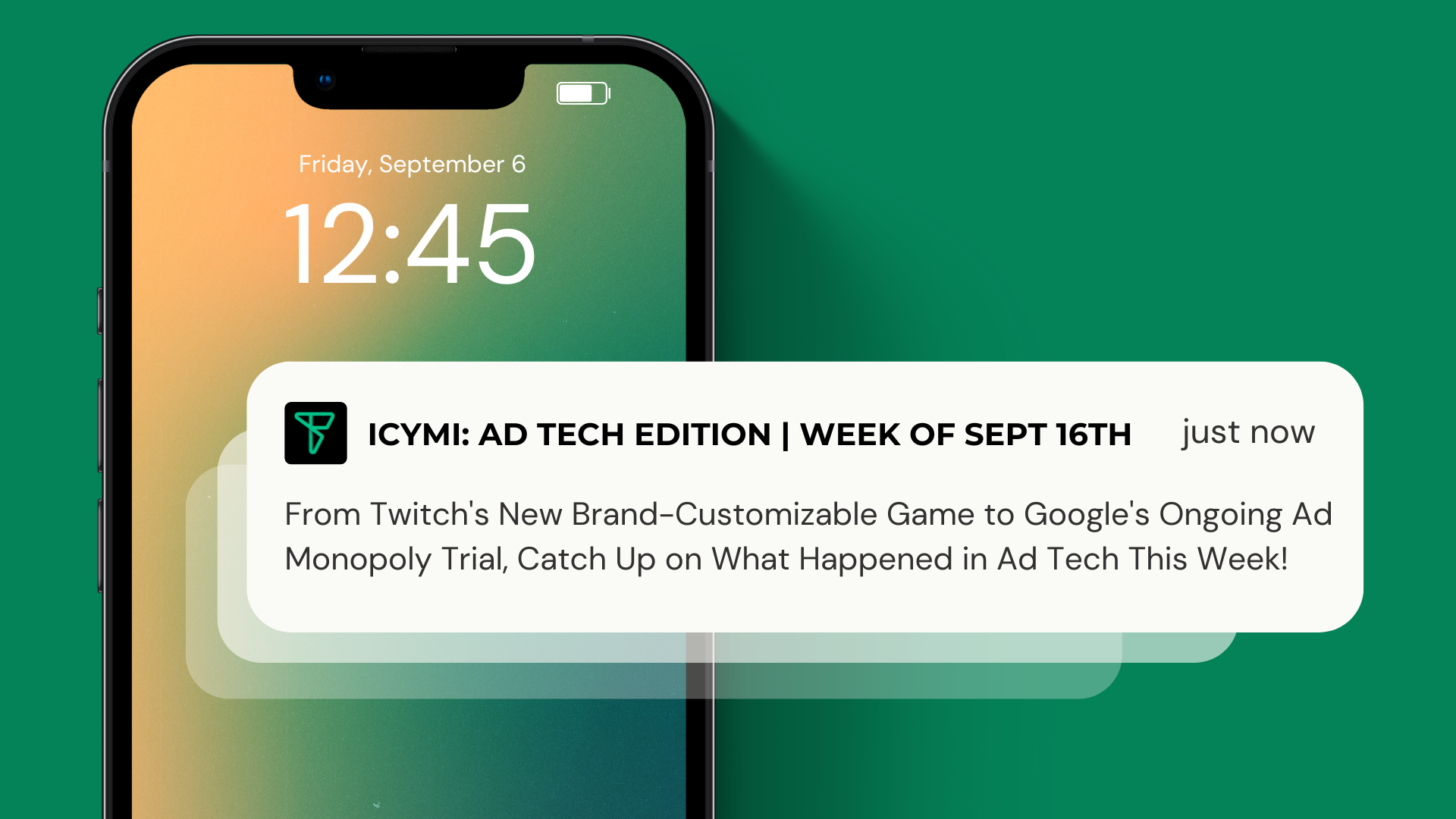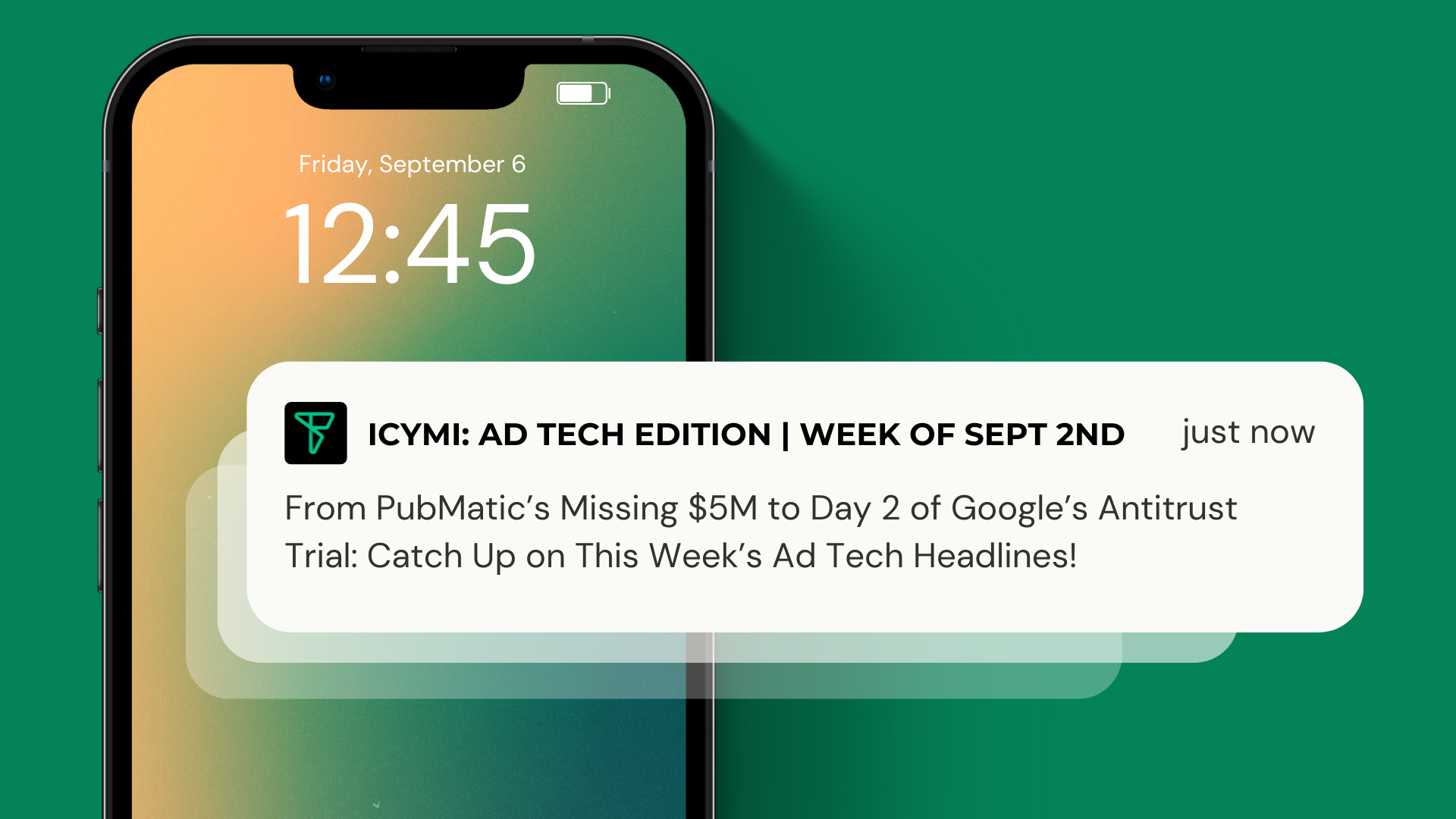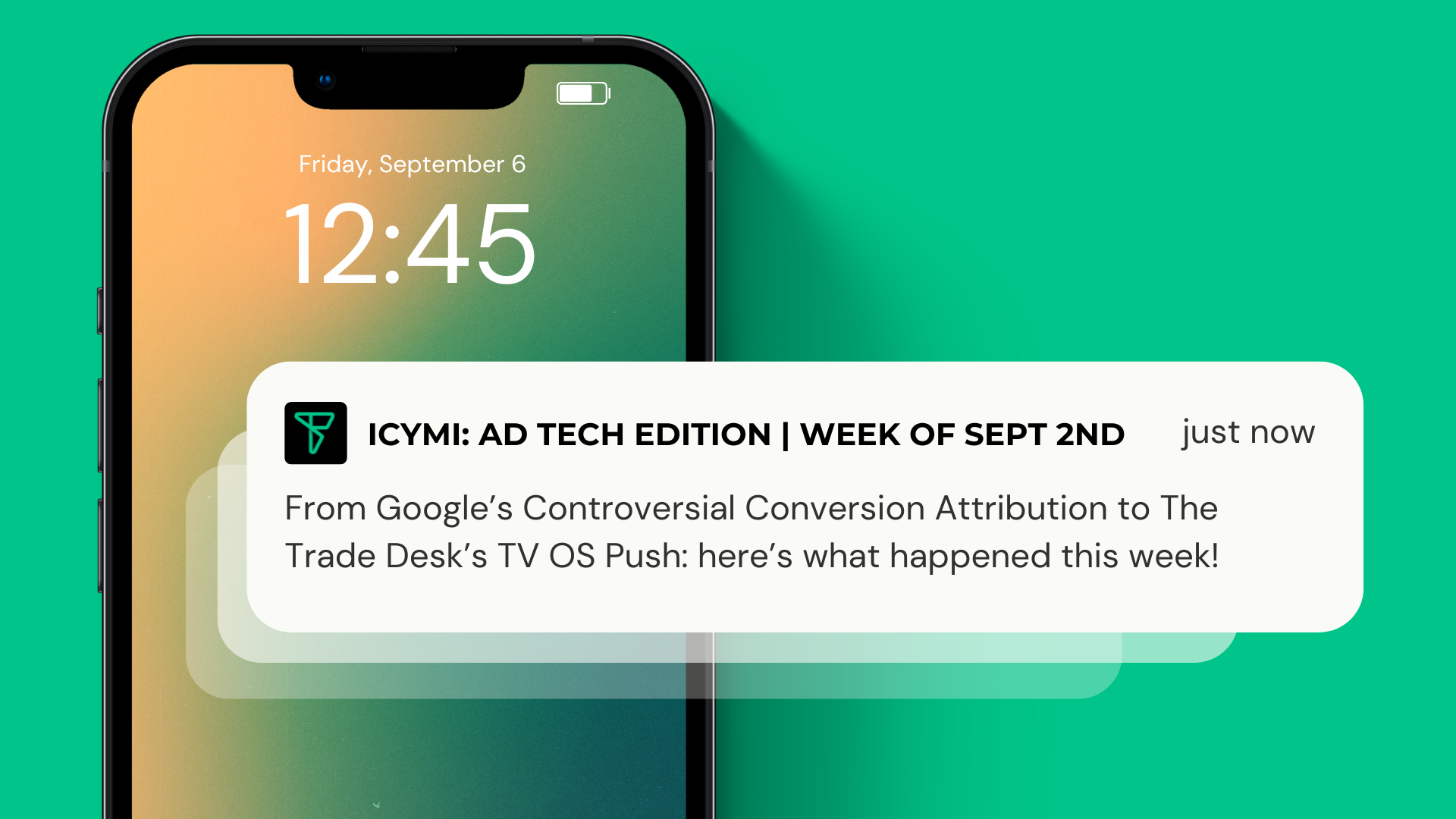Bits and Bobs from around the industry:
Media buyers don’t want to pay extra for publishers’ first-party data
Amidst the transition away from third-party cookies, media buyers are cautious about the premiums associated with first-party data and contextual targeting offered by publishers. While some publishers are seeking premiums of around $2, buyers are hesitant due to concerns about overspending on data versus media. Holly Dunn from Havas emphasizes the importance of scrutinizing data privacy and costs. Publishers like Epsilon advocate for value-focused pricing strategies.
However, not all publishers have seen significant increases in CPMs. Buyers are now asking about first-party data earlier in the sales process, but they seek tangible performance improvements before investing heavily in premiums. The future of CPMs depends on evolving cookie alternatives and data accessibility, with winners likely offering high-quality, portable data without restrictive spending requirements.
A Pubmatic Server Anomaly, $1 Billion CPMs, and a Complicated Programmatic Ecosystem
Pubmatic’s $1 billion ad auction glitch, though quickly rectified, reverberated through the programmatic advertising landscape, prompting a deeper examination of its underlying complexities and vulnerabilities. This brief yet impactful server anomaly shed light on the intricate interplay of factors within the programmatic supply chain. While no tangible financial losses occurred, the incident served as a wake-up call for industry stakeholders, highlighting the potential for disruption within an ecosystem reliant on seamless digital transactions.
Experts emphasize the imperative of enhanced collaboration and transparency among players to fortify defenses against future anomalies and ensure the integrity of ad transactions. Moreover, the episode underscores broader concerns regarding power dynamics, intermediary proliferation, and the hegemony of walled garden platforms, prompting calls for more robust regulatory frameworks to safeguard the interests of all parties involved in the programmatic ad ecosystem.
As discussions continue, industry veterans advocate for a concerted effort to address systemic vulnerabilities and establish clearer guidelines to foster fairness, resilience, and trust in the digital advertising sphere.
Sins Of The Cookie: How Third-Party Cookies Set The Industry Back
The third-party cookie, now phased out by Google Chrome, has left a mixed legacy in digital advertising. While it facilitated the growth of programmatic advertising, its shortcomings were significant. Advertisers abused its targeting capabilities, leading to plummeting CPMs, content arbitrage, and misleading attribution practices. Shady data vendors proliferated, offering questionable data quality and privacy violations. Measurement became skewed, relying on flawed attribution models and inflated conversions.
Moving forward, the industry must embrace alternative solutions:
1. Identity Solutions: Probabilistic and authenticated traffic solutions can enhance addressability and attribution.
2. Publisher First-Party Data: Leveraging publisher data for segmentation, particularly in understanding consumer intent, can provide valuable context for advertisers.
3. Advertiser Data Enrichment: Brands can leverage their own data infrastructure to better understand audiences, utilizing identity solutions and co-mingling with publisher data.
4. Retail Media: Collaborating with retailers allows brands to measure advertising impact on actual sales, providing valuable insights into campaign performance.
5. AI-Powered Targeting: Independent AI-driven platforms offer sophisticated targeting algorithms, strengthened by experience and partnership with publishers.
As the industry navigates the post-cookie era, embracing diverse data strategies and innovative technologies can lead to a more sustainable and effective advertising landscape, prioritizing quality, context, and consumer privacy over the limitations of the past.





